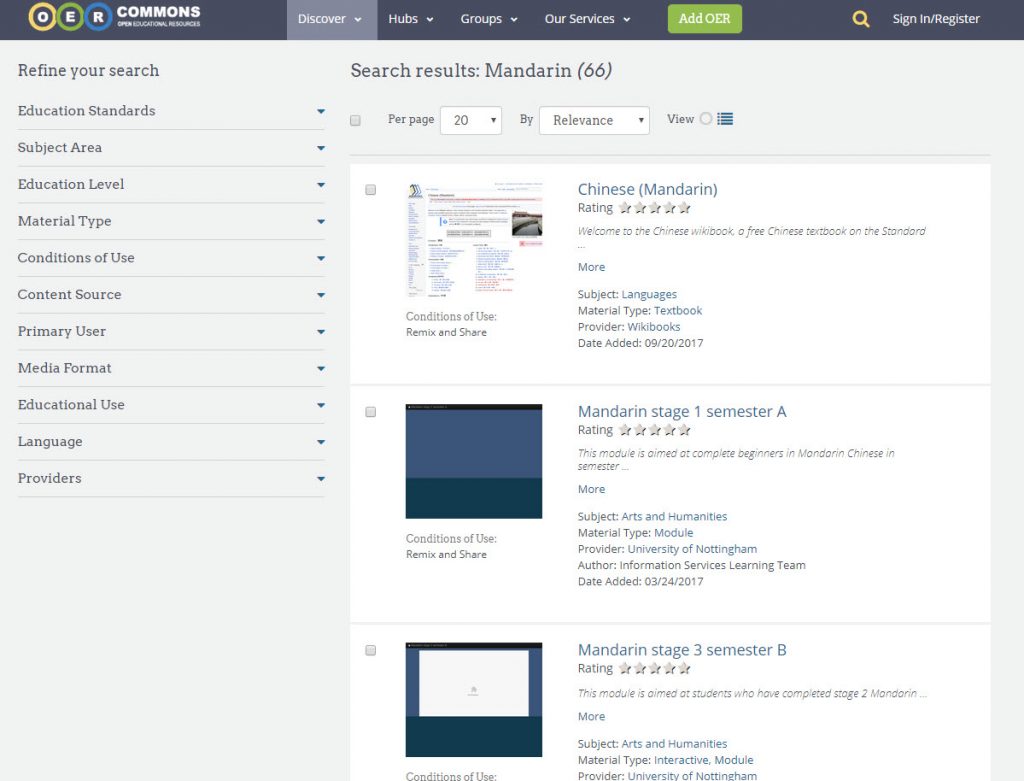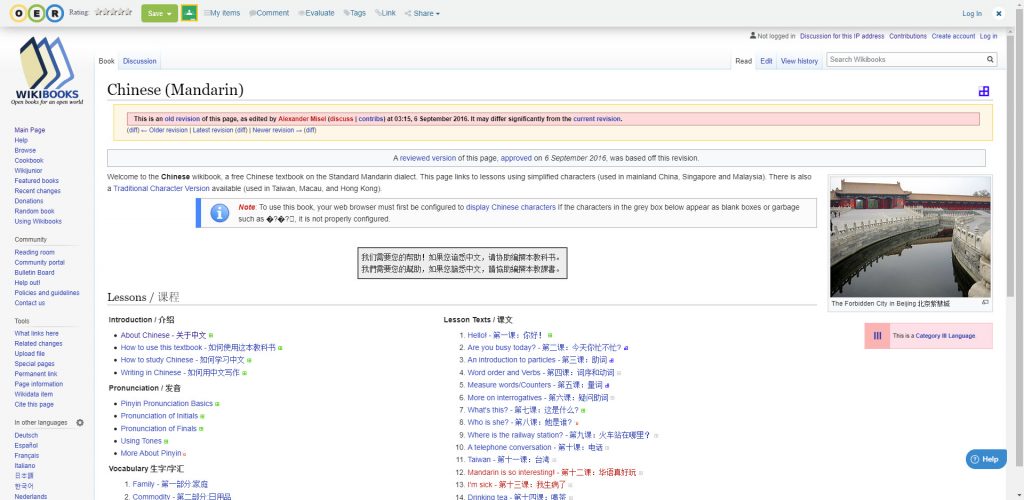Since we were talking about “Open(ness)” become an important part in educational filed, I’d like to share a YouTube video about “Why Open Education Matters” at the beginning of this week’s reflection:
Difference Between Open Educational Resources And Openly Licensed Educational Content
Open education is an academic practice that “stresses a philosophy of sharing freely and openly the ideas, knowledge, methods, platforms, tools, and materials used in learning and teaching” (Mossley, 2013). As the foundation of open education, open educational resources (OERs) stands for teaching/learning educational materials or resources that allow learner/educator to be used, adapted, and shared with others freely based on rules that cleared by intellectual property license. Openly licensed educational content is the resource that authors allow users to take and use to the public under the term of the permission or license freely. Our reading material, “Finding Open Content Tutorial” has pointed out that “open licenses reserve specific rights and relax others making it easier for educators and course designers to use the resources”.
Examples of OERs: OER Commons
OER Commons is a free, accessible, and open online library that allows instructors to search and discover different types of open educational resources (OERs) and available instructional materials or resources. This social media platform supports knowledge sharing and access to learning or teaching resources, materials, strategies, and curricula online. All the materials on this website are reviewed for quality and shared primarily using Creative Commons Licenses.

Evaluation of OERs
According to the weekly reading material, “Finding Open Content Tutorial”, there are six parts of evaluating open educational resources: relevance, accuracy, production quality, accessibility, interactivity, and licensing.
Relevance
The information on OER Commons directly addresses different class objectives. Many different subject areas with different educational levels, materials types, and standards can be discovered on OER Commons. It is very useful and easy for users to discover and find relevant materials.

Accuracy
On the page “About OER Commons” of the website, it shows that “OER Commons is based on alliances with providers of high-quality OER” and all the learning materials or resources are reviewed for quality and alignment to standard. Also, most materials are peer-reviewed and have rating options, this design provides more guidance for users to select their interested courses and get more accurate information about each course.
Production Quality
OER Commons is a user-friendly website where its layout and interface are clear, well-structured, and easy to follow. User may adjust their search result based on different subject areas, educational levels, languages, material types, and media formats on the left-hand side filter panel. Many different types of multimedia are included in the searchable result, most audio or video are high-quality.

Accessibility
The resources are available in alternative formats, but users should create an account in order to download the files successfully. Some video or audio resources have subtitles or transcripts, but some of them do not have. However, users can use the filter tool to find courses in the language they prefer to participate in.
Interactivity
Using the below OER course (Mandarin) as an example, Learners can participate in discussion by creating an account on the top-right hand side. However, I do not find any embedded questions on videos or any short quizzes in the materials, so I do not think it provides any opportunities for learners to test their understanding of materials.

Licensing
Most learning materials on OER Commons are allowed for users to reuse in education. All the materials on this website are shared mainly using Creative Commons Licenses and users can find the license from each material directly as well.

My Use of OERs
I like using OERs to participate in online courses, such as OER Commons and Khan Academy. In my opinion, there are many advantages to using OERs. First of all, most OERs are free to download, affordable to use, and easy to access, so the costs of the textbook are no longer a barrier to education. Moreover, the key feature of accessible, convenient, and flexible brings great benefits for rare place learners/educators to get the most up-to-date educational resource. Also, as a third-year student who is major in Economics, I can also use open educational resources to find many relevant courses in order to develop knowledge of my major. Therefore, I think open educational resources will be very important, useful, and significant for my own life and study.
Reference:
David, M. (2013). Open Educational Resources and Open Education. Retrieved from: https://www.advance-he.ac.uk/knowledge-hub/open-educational-resources-and-open-education
Finding Open Content Tutorial: OER Africa. (n.d.). Retrieved from https://www.oerafrica.org/book/finding-open-content-tutorial
Video: Ope Bukola. (2012). Why Open Education Matters [YouTube Video]. In YouTube. https://www.youtube.com/watch?v=cHQp33rbg5k